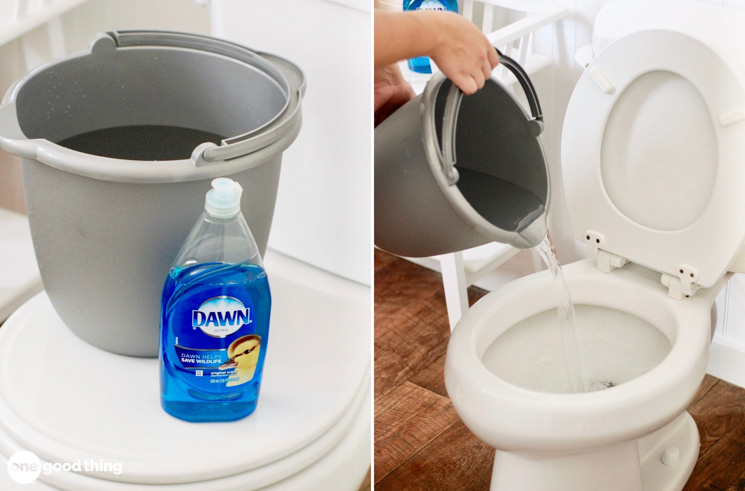
Unlocking DIY Plumbing Mastery: Effective Plunger Use for Clogs
Dealing with a stubborn clog is a common household woe, but fear not – with the right technique, a plunger can be your trusty ally. In this guide, we’ll delve into the art of using a plunger effectively, empowering you to tackle plumbing issues with confidence and save money on professional services.
Choosing the Right Plunger
Not all plungers are created equal. To use a plunger effectively, it’s crucial to select the right type. A cup plunger with a flat bottom is suitable for sinks and flat surfaces, while a flange plunger with a protruding rubber flap is designed for toilets. Having the appropriate plunger on hand ensures optimal suction and effectiveness.
Preparing the Area for Plunging
Before diving into the plunging process, take a moment to prepare the area. Remove excess water from the sink or toilet bowl, as standing water can hinder the effectiveness of the plunger. A dry surface allows for better suction, making it easier to dislodge the clog.
Creating a Seal with the Plunger
The key to successful plunging lies in creating a tight seal. For sink plunging, fill the sink with enough water to cover the plunger cup. Position the plunger over the drain and press down firmly to create a seal. For toilets, make sure the flange extends into the drain opening, forming a secure connection.
Applying Up-and-Down Motion
Once a proper seal is established, it’s time to apply the up-and-down plunging motion. Use controlled and steady strokes, maintaining the seal throughout. The goal is to create pressure changes that help dislodge the clog. Be patient and persistent, repeating the plunging motion until you feel the resistance lessen.
Checking for Results
After a series of plunging attempts, pause to check for results. If the water begins to drain or the toilet flushes smoothly, you’ve likely succeeded in clearing the clog. If not, repeat the process several times. For stubborn clogs, it may be necessary to try alternative methods or seek professional assistance.
Using Plunger for Toilets
To use a plunger effectively on a toilet, start by positioning the plunger over the drain opening. Press down firmly to create a seal, then apply the up-and-down plunging motion. The unique design of a flange plunger is effective in creating the necessary pressure changes to clear toilet clogs. Repeat as needed.
DIY Solutions for Sink Clogs
For sink clogs, a cup plunger is the tool of choice. Position the plunger over the drain, ensuring a tight seal. Apply the up-and-down motion to dislodge the clog. In case of double sinks, block one drain while plunging the other to increase pressure. Check for improved drainage after each attempt.
Preventing Clogs with Regular Maintenance
Effective plunger use is a valuable skill, but prevention is equally important. Adopt regular maintenance practices to prevent clogs from occurring. Use drain screens to catch hair and debris, avoid disposing of grease down the sink, and flush drains with hot water periodically to keep them flowing smoothly.
Sustainable Living through DIY Plumbing
To discover more DIY tips and sustainable living practices, visit Use a Plunger Effectively DIY. By mastering essential plumbing skills, you not only save on repair costs but also contribute to a more sustainable and self-reliant lifestyle.
In conclusion, using a plunger effectively is a practical skill that every homeowner should have in their DIY toolkit. With the right technique and a bit of persistence, you can confidently tackle common plumbing issues, promoting a smoothly functioning home.










